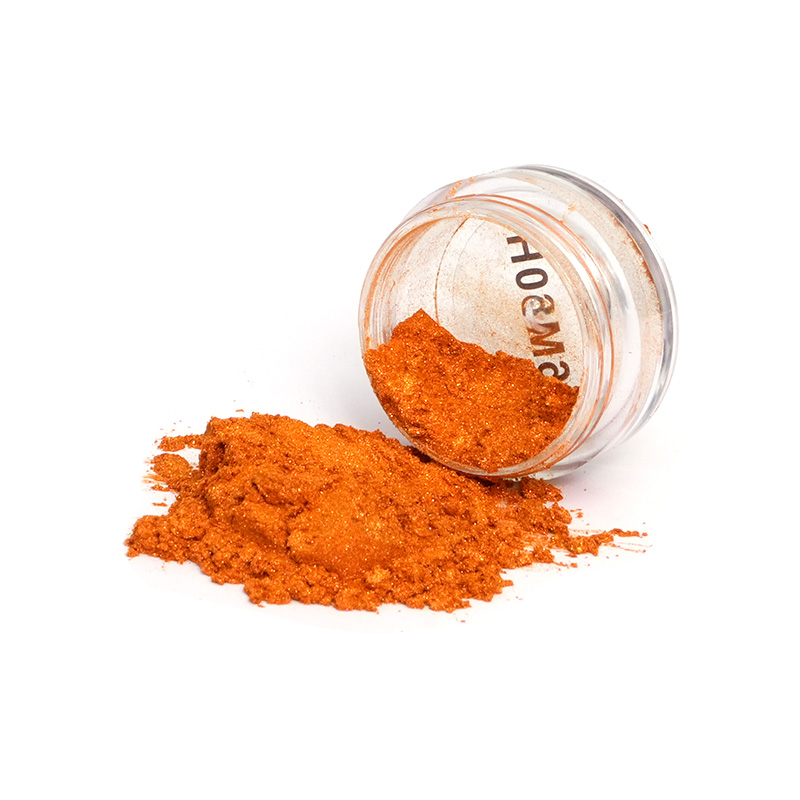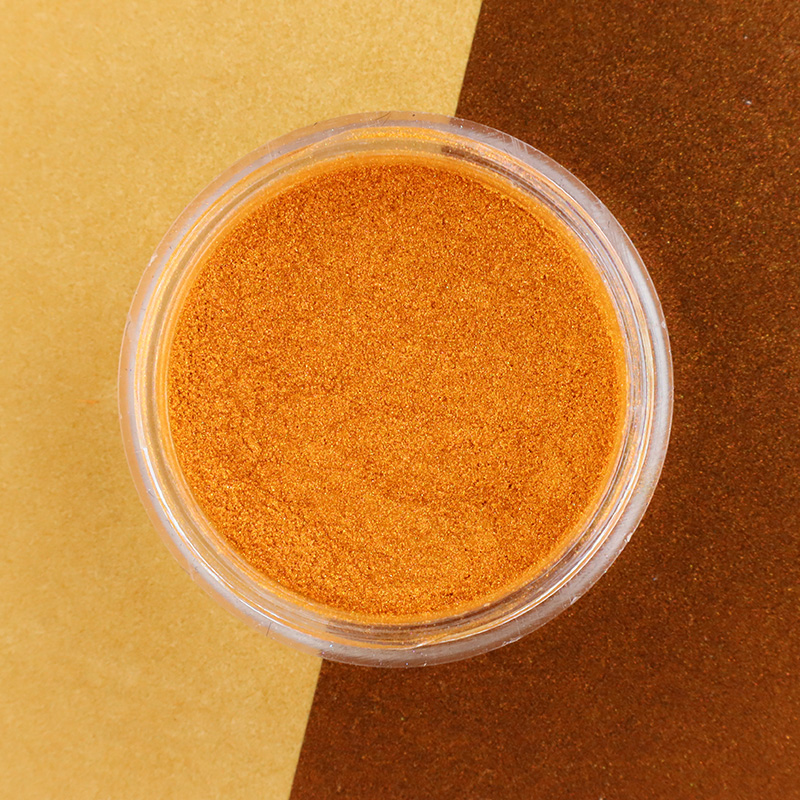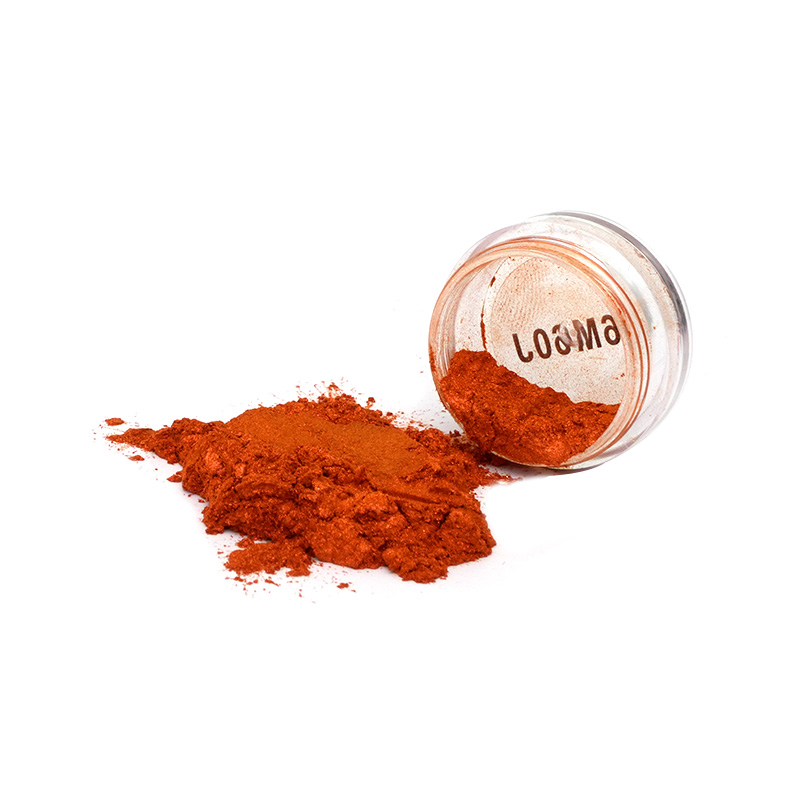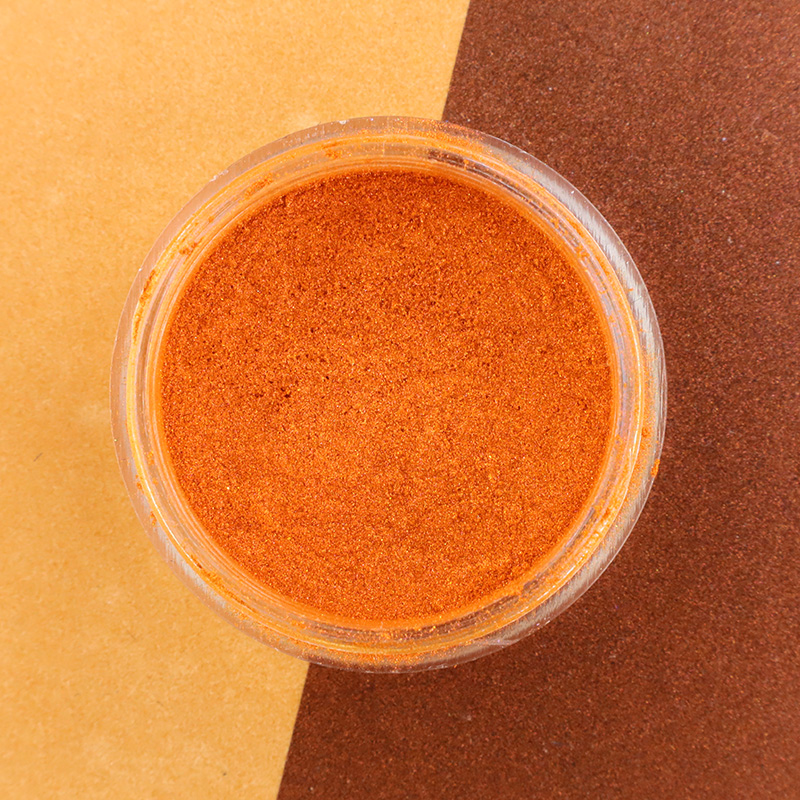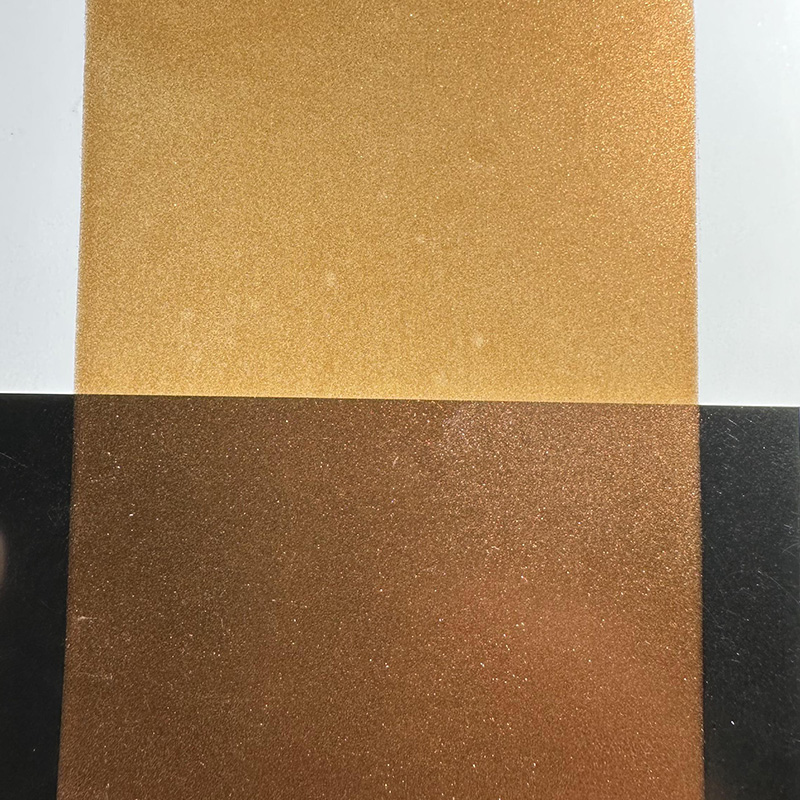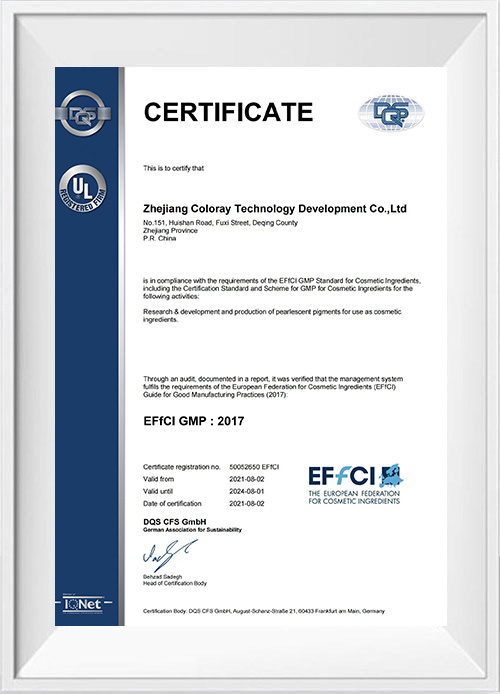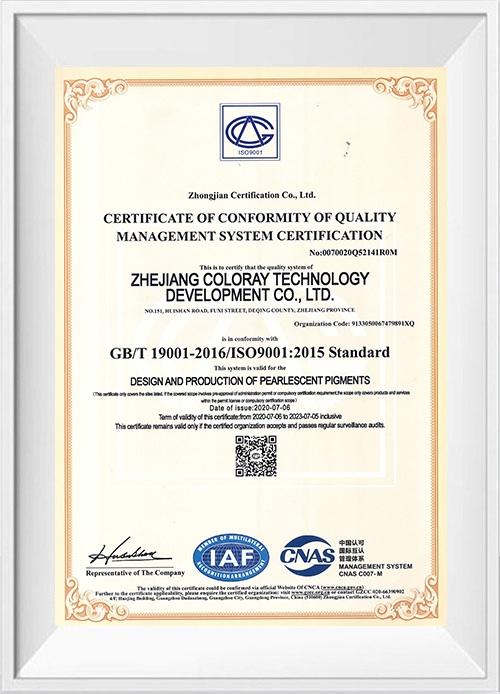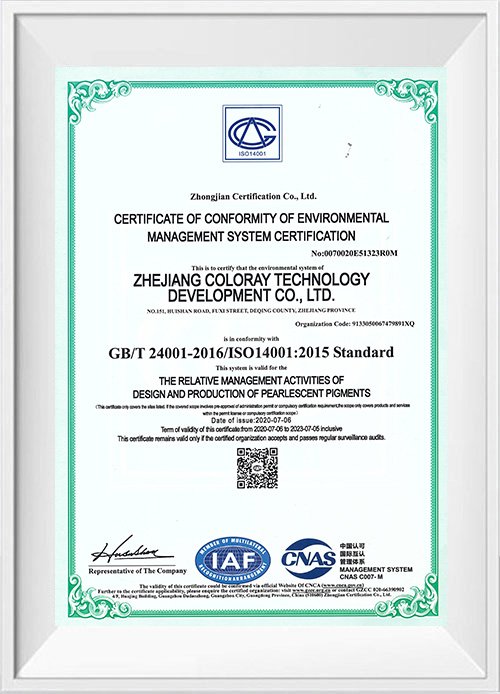Why does saffron pearlescent pigment need pretreatment during the extraction process from saffron?
Pretreatment is a crucial step in the extraction process of saffron pearlescent pigment, which directly affects the quality, purity and stability of the final product. The following is a detailed explanation of the importance of pretreatment:
Saffron may be exposed to impurities such as soil, dust, and microorganisms during growth, harvesting and storage. The first step of pretreatment is usually washing to remove these external impurities. Cleanliness is essential to ensure the purity of the pigment because impurities may affect the color, gloss and stability of the pigment.
Saffron contains a certain amount of water, which may cause problems during the extraction process, such as reducing the efficiency of the solvent, increasing the extraction time, and promoting microbial growth. Through the drying step in pretreatment, the water content of saffron can be reduced, thereby improving the extraction efficiency and product quality.
The stigma part of saffron contains pigments, but these pigments are surrounded by plant cell walls. The pretreatment process may include physical or chemical methods to disrupt plant tissues to make the pigments more easily extracted by solvents. This can be achieved by grinding, cutting or using chemical solvents.
During the extraction process, the pigments may be degraded by oxidation, light or high temperature. Pretreatment can protect pigments and reduce pigment loss and deterioration by controlling extraction conditions such as pH, temperature and time.
Pretreatment can improve extraction efficiency and maximize the amount of pigment extracted by optimizing extraction conditions such as solvent selection, concentration, temperature and time. In addition, pretreatment can also help determine the best extraction method, such as soaking, boiling or ultrasound-assisted extraction.
Pretreatment can also enhance the stability of the final product by removing substances that may affect the stability of the pigment. For example, removing substances that may cause pigment precipitation or aggregation can improve the dispersion and stability of the pigment in different applications.
Food safety and regulations require that pigments used in food, cosmetics and pharmaceuticals must be safe. Pretreatment can help remove possible harmful substances such as heavy metals, pesticide residues and microorganisms to ensure the safety of the pigment.
Pretreatment is part of the quality control process, and through standardized pretreatment steps, the quality consistency of each batch of saffron pearlescent pigment can be ensured. This is essential to meet customer requirements and comply with industry standards.
Pretreatment can also reduce the impact on the environment during the extraction process. For example, by optimizing the use of solvents and reducing waste generation, the burden on the environment can be reduced.
While pretreatment may add some costs, it can improve overall cost-effectiveness by increasing extraction efficiency, reducing waste, and improving product quality.
What measures can be taken to reduce the adverse effects of oxygen on saffron pearlescent pigments?
In order to reduce the adverse effects of oxygen on saffron pearlescent pigments, the following series of measures can be taken:
Add antioxidants. Antioxidants can prevent or slow down oxidation reactions and protect pigments from being damaged by oxygen. Common antioxidants include BHA (butylated hydroxyanisole), BHT (butylated hydroxytoluene), vitamin E and vitamin C. These substances can react with oxygen to protect the pigment molecules in the pigment.
During the storage and use of pigments, inert gases such as nitrogen or argon can be used to replace oxygen in the air. Inert gases are not easy to react with other substances, so they can reduce the oxidation of pigments by oxygen.
Using packaging materials with good sealing properties, such as aluminum foil bags, vacuum packaging or airtight containers, can reduce the contact of pigments with oxygen. Sealed packaging can also prevent the intrusion of moisture and light, further improving the stability of the pigment.
Storing pigments in a cool, dry, light-proof environment can reduce the adverse effects of oxygen, moisture and light on the pigment. The ideal storage conditions are a temperature of 15-25°C and a relative humidity of less than 50%.
Ultraviolet rays can accelerate the reaction of oxygen with pigment molecules in the pigment, causing the pigment to fade. The use of ultraviolet absorbers can absorb part of the ultraviolet rays and reduce its destructive effect on the pigment.
In the process of extracting saffron pearlescent pigment, an optimized extraction process can be used, such as controlling the extraction temperature, time, pH value, etc., to reduce the oxidation effect of oxygen on the pigment.
Stabilizers can improve the stability of pigments and reduce the impact of oxygen on them. For example, the use of metal ion chelators can prevent oxidation reactions catalyzed by metal ions.
Surface treatment of pigment particles, such as coating a protective film, can reduce direct contact between oxygen and pigments, thereby improving the stability of pigments.
Regular quality testing of pigments, such as color stability, light resistance, heat resistance, etc., can promptly detect problems and take measures to reduce the adverse effects of oxygen on pigments.
Different antioxidants may have different effects on different oxidation reactions. By compounding multiple antioxidants, pigments can be more comprehensively protected from oxygen damage.
Applying special coatings such as silane and siloxane on the surface of the pigment can form a protective film to reduce the contact between oxygen and the pigment.
In the formulation of the pigment, by optimizing the proportion and combination of various ingredients, the overall stability of the pigment can be improved and the impact of oxygen can be reduced.

